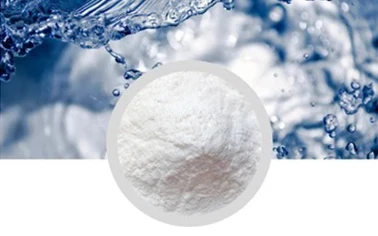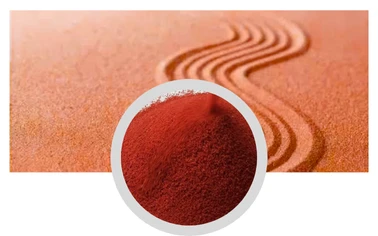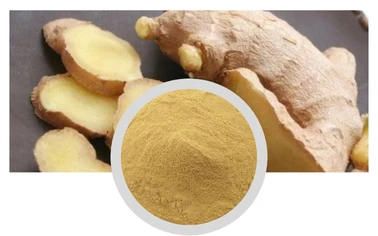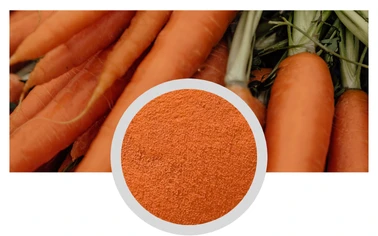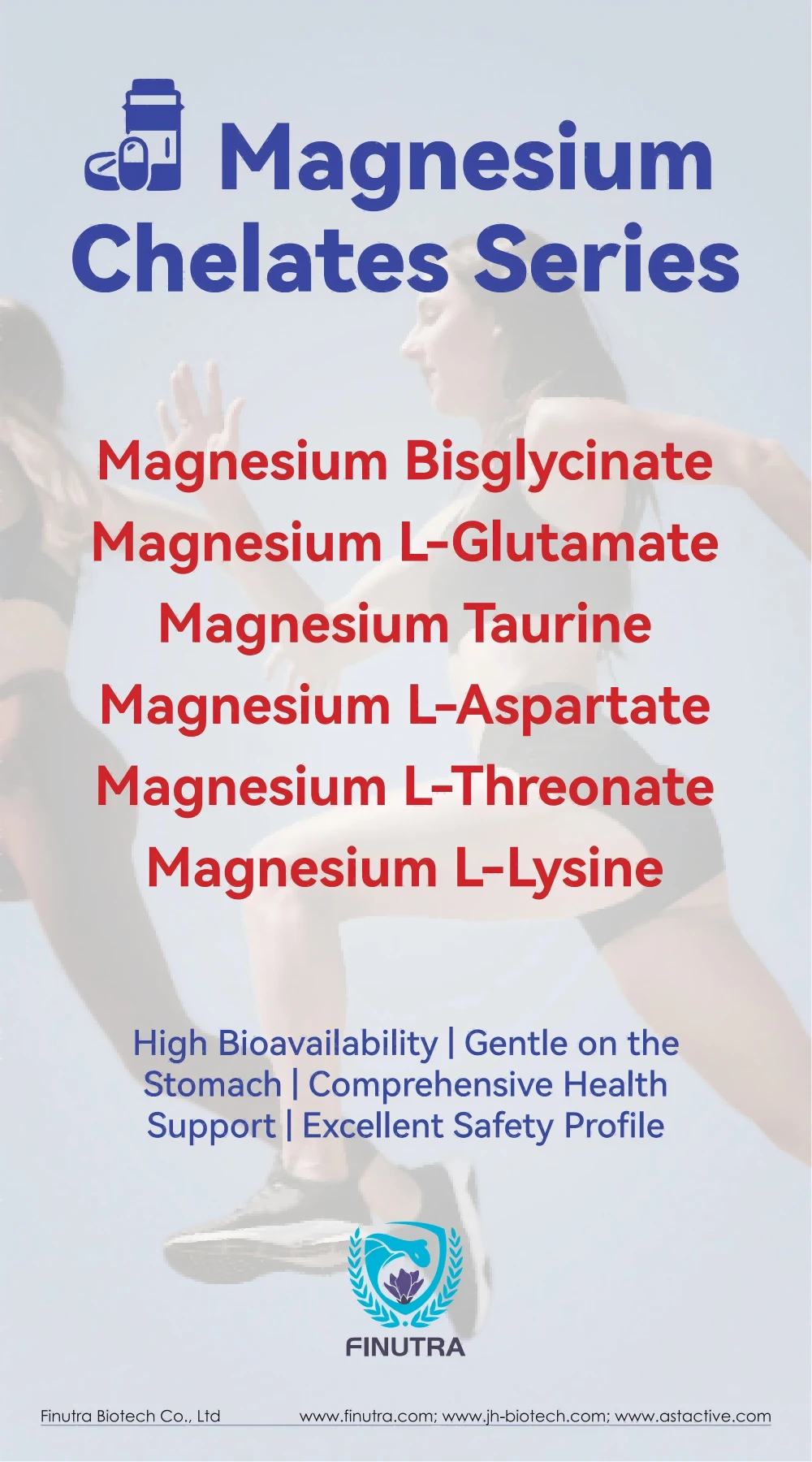Understanding the Evolving Landscape of Nutritional Additives
The global demand for highly bioavailable and stable mineral supplements continues to surge, driven by increasing awareness of nutritional deficiencies and the pursuit of optimal health outcomes in both human and animal nutrition. Traditional inorganic mineral salts often face challenges with absorption, gastrointestinal irritation, and interactions with other dietary components. This has propelled the nutritional industry towards advanced solutions, with Mineral Amino Acid Chelates ( Complexes )& Salts; Strengthen Nutritional additives emerging as a cornerstone. These innovative compounds significantly enhance mineral bioavailability by binding metal ions to amino acids, forming stable, absorbable complexes that bypass typical absorption pathways, ensuring more efficient delivery into the bloodstream. This trend reflects a broader industry shift towards functional ingredients that offer superior efficacy and consumer benefits, impacting sectors from functional foods to animal feed and pharmaceuticals.
Industry trends highlight a robust growth trajectory for chelated minerals, fueled by advancements in chelation technology and a deeper understanding of micronutrient metabolism. Consumers and formulators are increasingly prioritizing products that offer superior absorption, reduced dosage requirements, and minimal adverse effects. The market is also seeing a diversification in the types of chelated minerals available, moving beyond basic iron and zinc to include less common but equally vital trace elements. Furthermore, the push for cleaner labels and natural ingredients is aligning perfectly with the profile of amino acid chelates, which are often perceived as more 'natural' and gentle on the digestive system compared to their inorganic counterparts. This holistic approach to nutritional enhancement underscores the pivotal role of these advanced additives in shaping future health and wellness products.
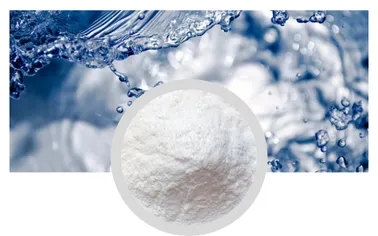
The Advanced Manufacturing Process of Mineral Amino Acid Chelates
The production of Mineral Amino Acid Chelates ( Complexes )& Salts; Strengthen Nutritional additives involves a sophisticated, multi-stage chemical synthesis designed to ensure precise chelation, high purity, and consistent quality. The process typically begins with the careful selection of high-purity inorganic mineral salts (e.g., ferrous sulfate, zinc oxide) and food-grade amino acids, commonly glycine, methionine, or lysine, which act as ligands. The initial step involves dissolving the metal salt in deionized water to form an aqueous solution. Concurrently, the amino acid is dissolved separately to prepare its solution.
These solutions are then precisely dosed into a reaction vessel where, under controlled temperature and pH conditions, the chelation reaction occurs. This reaction facilitates the formation of stable, ring-like structures where the metal ion is covalently bonded to the amino acid. Key parameters such as molar ratio, reaction time, and temperature are meticulously monitored and controlled to maximize chelation efficiency and prevent unreacted free minerals or amino acids. Following chelation, the reaction mixture undergoes purification steps, often involving filtration to remove impurities and concentration through evaporation or spray drying. The resulting product is typically a fine, free-flowing powder, subjected to rigorous drying to achieve desired moisture content. Throughout this process, adherence to strict Good Manufacturing Practices (GMP) and ISO 22000 standards is paramount, ensuring product safety and quality for use as Mineral Amino Acid Chelates ( Complexes )& Salts; Strengthen Nutritional additives.
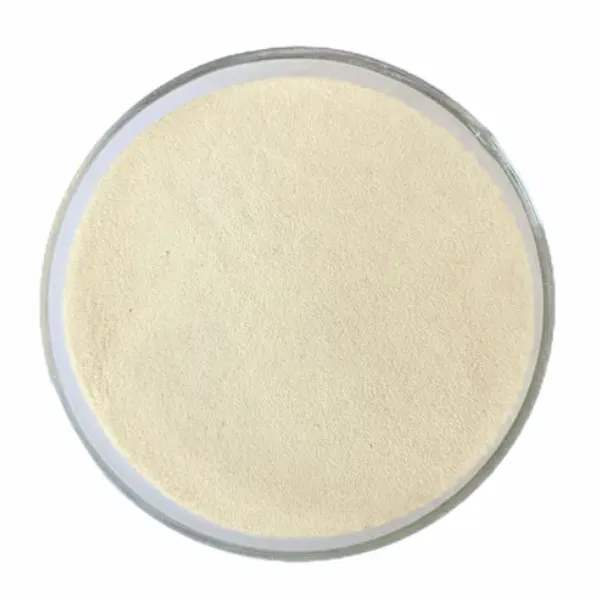
Technical Specifications and Performance Advantages
The superiority of Mineral Amino Acid Chelates ( Complexes )& Salts; Strengthen Nutritional additives lies in their distinct technical parameters and the subsequent performance advantages they offer. Unlike inorganic salts, chelates are less prone to interactions with anti-nutritional factors in the gut, such as phytates or oxalates, which commonly impair mineral absorption. This enhanced stability ensures that the mineral reaches the site of absorption intact. Furthermore, the amino acid ligand cloaks the metal ion, preventing its premature dissociation and reducing potential gastrointestinal irritation often associated with high doses of inorganic minerals. The typical mineral content ranges, depending on the specific chelate, can vary significantly, requiring precise formulation.
Below is a comparative table illustrating typical specifications and advantages, highlighting why formulators opt for these advanced nutritional components. These parameters are crucial for ensuring product efficacy and safety. The controlled release and high cellular uptake of chelated minerals translate into improved health outcomes, such as better immune function, enhanced growth rates in animals, and reduced instances of mineral deficiency-related disorders in humans. Rigorous analytical testing, including Inductively Coupled Plasma (ICP) analysis for mineral content and Fourier-Transform Infrared (FTIR) spectroscopy for chelation confirmation, is performed to ensure compliance with standards like USP (United States Pharmacopeia) or EP (European Pharmacopoeia).
| Parameter | Inorganic Mineral Salt | Mineral Amino Acid Chelate |
|---|---|---|
| Mineral Bioavailability | Low to Moderate | High (2-5x higher) |
| Digestive Comfort | Potential for GI upset | Reduced GI upset, gentle |
| Interaction with Anti-nutrients | High susceptibility | Minimal interaction |
| Stability in Formulation | Variable, prone to oxidation | High, stable in wide pH range |
| Typical Fe content (Glycinate) | ~30% (Ferrous Sulfate) | ~18-24% (Ferrous Bisglycinate) |
| Typical Zn content (Glycinate) | ~20-40% (Zinc Sulfate/Oxide) | ~18-25% (Zinc Bisglycinate) |
| Dosage Requirement | Higher | Lower due to superior absorption |
| Application Scope | Limited due to organoleptic issues | Wide, including fortifying sensitive products |

Diverse Applications and Custom Solutions
The versatility of Mineral Amino Acid Chelates ( Complexes )& Salts; Strengthen Nutritional additives makes them indispensable across a wide array of industries. In human nutrition, they are crucial for dietary supplements, infant formulas, functional foods, and beverages, where their high bioavailability and improved palatability are highly valued. For instance, iron bisglycinate is widely used in anemia-preventing supplements due to its superior absorption and minimal gastric side effects compared to traditional ferrous sulfate. Similarly, zinc and magnesium chelates are integral to immune support and bone health formulations.
In the animal feed industry, these chelates are vital for enhancing livestock growth, reproductive health, and overall immunity. Equine, poultry, swine, and aquaculture feeds benefit significantly from chelated minerals like copper, manganese, and zinc, leading to improved feed conversion ratios and reduced environmental impact of mineral excretion. Our capabilities extend to providing tailored solutions for specific application needs. This includes customizing the mineral-to-amino acid ratio, selecting specific amino acid ligands (e.g., L-lysine, L-methionine for specialized animal feeds), and adjusting particle size for various blending requirements. We work closely with clients to understand their unique formulation challenges, offering bespoke products that integrate seamlessly into their manufacturing processes and meet stringent regulatory requirements.
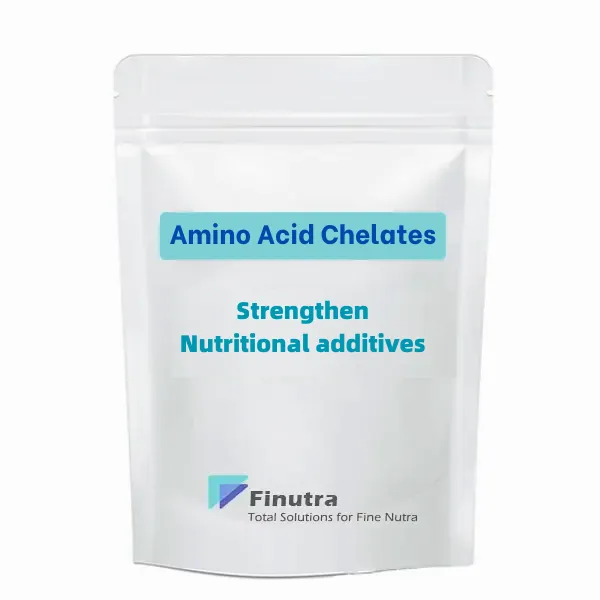
Choosing Your Supplier: Expertise, Trust, and Support
Selecting the right partner for your Mineral Amino Acid Chelates ( Complexes )& Salts; Strengthen Nutritional additives is critical for ensuring product quality, supply chain reliability, and market competitiveness. A reputable manufacturer distinguishes itself through stringent quality control, robust R&D capabilities, and comprehensive certifications. We emphasize our extensive experience in the nutritional ingredient sector, leveraging years of dedicated research and development to optimize chelation processes and consistently deliver superior products. Our production facilities operate under ISO 9001 and ISO 22000 certified management systems, alongside FSSC 22000, Halal, and Kosher certifications, underscoring our commitment to global standards and diverse market needs.
Our dedication to customer success is reflected in our robust support infrastructure. We provide detailed technical documentation, including Certificates of Analysis (CoA) and Material Safety Data Sheets (MSDS), for every batch. Our team offers expert consultation for product formulation, regulatory compliance, and troubleshooting. Typical delivery cycles range from 2-4 weeks depending on order volume and specific customization requirements, ensuring a timely and efficient supply chain. We stand by our product quality with a comprehensive warranty, guaranteeing that our Mineral Amino Acid Chelates ( Complexes )& Salts; Strengthen Nutritional additives meet all agreed-upon specifications. Our responsive customer service team is always available to address inquiries, providing the trusted partnership necessary for your long-term success.
Frequently Asked Questions about Mineral Amino Acid Chelates
Q1: What makes Mineral Amino Acid Chelates superior to inorganic mineral forms?
A1: They offer significantly higher bioavailability due to their stable chelated structure, which protects the mineral from interactions with anti-nutrients in the digestive tract. This leads to better absorption, reduced gastrointestinal upset, and often requires lower dosages for equivalent efficacy compared to inorganic salts.
Q2: Are your Mineral Amino Acid Chelates suitable for all dietary requirements?
A2: Yes, our Mineral Amino Acid Chelates ( Complexes )& Salts; Strengthen Nutritional additives are manufactured under strict quality controls and hold various certifications including Halal and Kosher, making them suitable for a wide range of dietary preferences and regulatory markets globally. Specific product details are available upon request.
Q3: What quality assurance measures are in place during manufacturing?
A3: Our manufacturing process adheres to rigorous GMP guidelines and is certified under ISO 9001, ISO 22000, and FSSC 22000 standards. Each batch undergoes comprehensive testing, including ICP for mineral content, FTIR for chelation verification, and microbial analysis, ensuring consistent purity, quality, and safety for every shipment of Mineral Amino Acid Chelates ( Complexes )& Salts; Strengthen Nutritional additives.
References
- Ashmead, H. D. (2001). The absorption and metabolism of amino acid chelates.
- Pfeiffer, C. C. (1975). Nutritional Interrelationships. New York: Pyramid Books.
- Food and Nutrition Board, Institute of Medicine. (2001). Dietary Reference Intakes for Vitamin A, Vitamin K, Arsenic, Boron, Chromium, Copper, Iodine, Iron, Manganese, Molybdenum, Nickel, Silicon, Vanadium, and Zinc. National Academies Press.
- DiSilvestro, R. A. (2018). Approaches for enhancing oral mineral bioavailability. Current Opinion in Clinical Nutrition and Metabolic Care, 21(6), 464-469.
- Stratum, M. (2007). Chelated Minerals for Optimal Health. Journal of Applied Nutrition, 57(3), 1-10.
Post time:Aug - 12 - 2025



